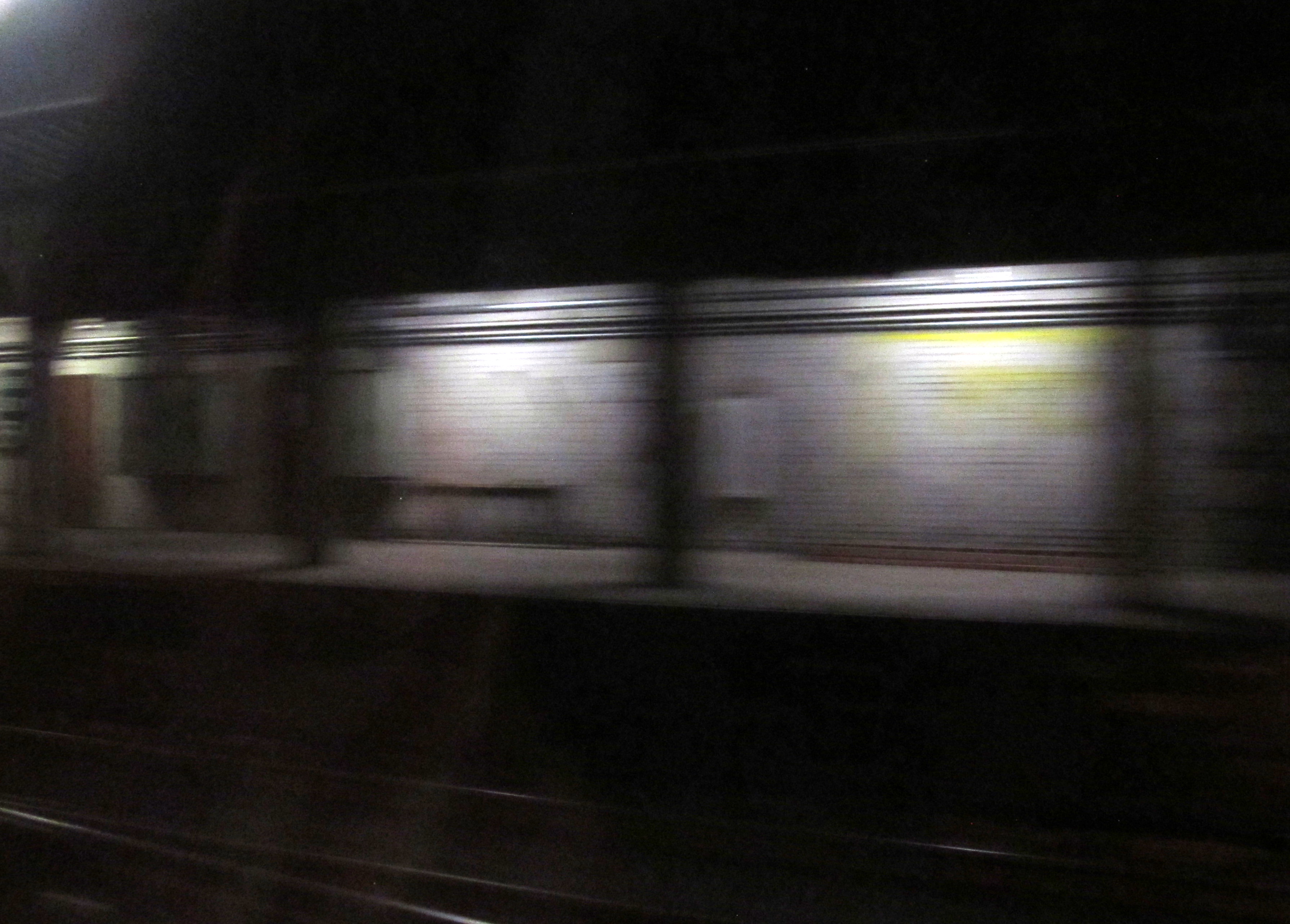Gothic technologies in Juan Tomás Ávila Laurel’s Áwala cu sangui (2000): between fracture and continuity
Abstract
This paper aims to examine the neocolonial dynamics at play in the novel Áwala cu sangui (2000) by Equatoguinean writer Juan Tomás Ávila Laurel. The study draws on postcolonial theories and psychoanalysis to reveal “gothic technologies”. Two technologies stand out: one the one hand, the ship as a technology of control (equally linked to the history of slavery and colonization), and on the other hand, the presence or absence of electrical light, along with its spectral content, embodied by the figure of the “sandjawel”, which reflects the internal contradictions within the postcolonial state. In this sense, the study proposes two interpretations that are not presented here as dichotomous: the gothic as fracture and the gothic as continuity.
Downloads
References
Ajari, Norman, La dignité ou la mort : Éthique et politique de la race, Paris, La Découverte, 2019.
Berlant, Lauren, Cruel Optimism, Durham - London, Duke University Press, 2011.
Borikó, Emiliano B., El laberinto guineano, Madrid, Iepala, 1989.
Braidotti, Rosi, The Posthuman, Cambridge, Polity Press, 2013.
Campbell, Norah - Saren, Mike, « The Primitive, Technology and Horror: A Posthuman Biology », Ephemera 10, 2 (2010): 152-176.
Convergencia Para la Democracia Social, « Annobón jamás olvidará a Batho Obama Nsue Mangue », La Verdad, número especial (2018). http://www.cpdsge.org/2018/11/21/annobon-jamas-olvidara-a-batho-obama-nsue-mangue/.
Day, William Patrick, In The Circles of Fear and Desire. A Study of Gothic Fantasy, Chicago, University of Chicago Press, 1985.
Derrida, Jacques, De la grammatologie, Paris, Editions de Minuit, 1967.
Foucault, Michel, Histoire de la sexualité, tome I : La volonté de savoir, Paris, Gallimard, 1976.
Gabilondo, Joseba, « Geo-Bio-Politics of the Gothic: On the Queer/Inhuman Dislocation of Spanish/ English Subjects and Their Others (for a Definition of Modernity as an Imperialist Geobiopolitical Fracture) », 1616: Anuario de La Sociedad Española de Literatura General y Comparada, 4 (2014) : 153167.
Hartog, François, Régimes d’historicité : Présentisme et expériences du temps, Paris, Seuil, 2003.
Juan Tomás, Ávila Laurel, Áwala cu sangui, Malabo, Editorial Pángola, 2000.
Lusa, Marina, « L’inquiétante étrangeté freudienne ». La Cause du Désir, 102.2 (2019) : 71-77. https://doi.org/10.3917/lcdd.102.0071.
Martín Cerezo, Iván, « Apocalipsis medioambiental, distopía y microutopía en Panga Rilene de Juan Tomás Ávila Laurel », Actio Nova: Revista de Teoría de la Literatura y Literatura Comparada, monográfico 6 (2023): 98-112. https://doi.org/10.15366/actionova2023.m6.006
Mbembe, Achille, « Nécropolitique », Raisons politiques, 21.1 (2006) : 29-60. https://doi.org/10.3917/rai.021.0029.
Rizo, Elisa, « En torno a la obra de Juan Tomás Ávila Laurel, un protagonista de las letras guineoecuatorianas », Hispanic Research Journal, 6.2 (2005): 175-178.
Sedgwick, Eve Kosofsky, The Coherence of Gothic Conventions, New York, Methuen, 1986.
Warwick, Alexandra, « Feeling Gothicky? », Gothic Studies, 9.1 (2007) : 5-15.
Wisker, Gina, « Postcolonial Gothic », The Encyclopedia of the Gothic, Eds. William Hughes - David Punter - Andrew Smith, Hoboken, John Wiley & Sons, 2012. https://doi.org/10.1002/9781118398500.wbeotgp008
Copyright (c) 2025 Kevin Ramier, María Beas Marín

This work is licensed under a Creative Commons Attribution 4.0 International License.
Copyright Notice
You are free to copy, distribute and transmit the work, and to adapt the work. You must attribute the work in the manner specified by the author or licensor (but not in any way that suggests that they endorse you or your use of the work).









